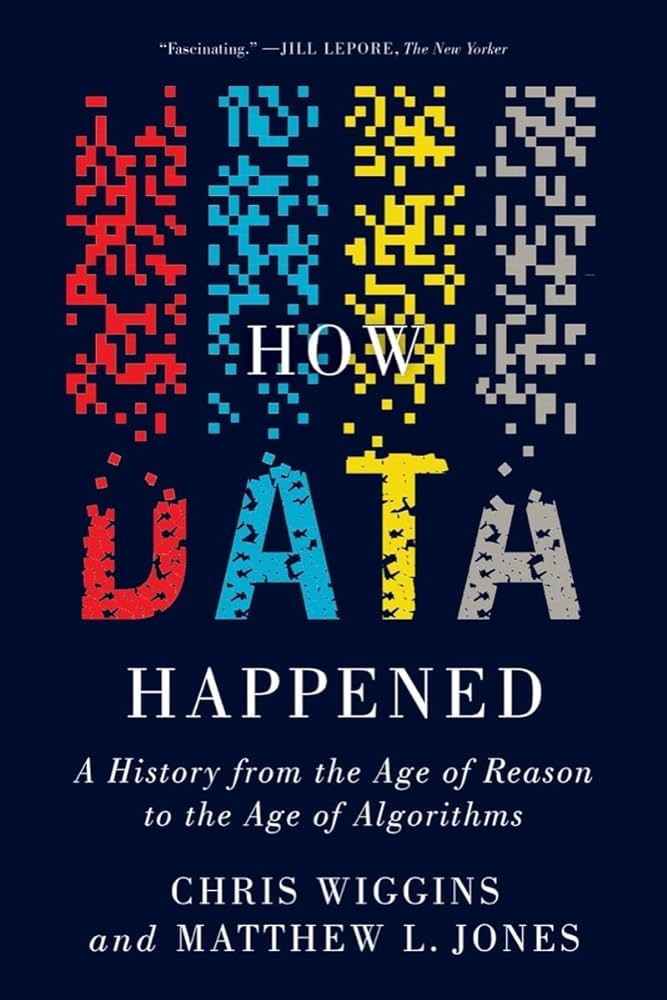From the start, therefore, statisticians helped make policy, and those policies created a set of self-fulfilling prophecies. Wiggins and Jones recount the case of the German émigré statistician Frederick Hoffman, who was hired by the Prudential insurance company in the late 19th century. Hoffman concluded that Black people’s higher mortality rates indicated their essential biological inferiority; therefore, they deserved to be charged higher life insurance premiums or denied coverage altogether. As Black breadwinners died, their families were left without a safety net, contributing to the kinds of hardship that caused Black people to die sooner than white people. Thus Hoffman helped produce the social facts that lay beneath the data he analyzed. Ever since Quetelet brought statistical thinking from the stars down to earth, Wiggins and Jones observe, the discipline has not “simply represent[ed] the world…. It change[d] the world.” And mostly, it seems, for the worse.
In the early 20th century, the power and prestige of statistics grew. Government records like birth certificates and censuses became more detailed and systematic, turning “people into data in a hitherto unprecedented way,” the authors write. Intelligence testing took off during World War I, as a way to evaluate recruits. Before the 1936 presidential election, George Gallup used the statistical technique of survey sampling to predict Franklin Roosevelt’s victory, inaugurating the era of modern opinion polling. Statisticians also played an indispensable role in the New Deal, as their analyses of industrial and agricultural data helped guide the administration’s economic planning. But the real turning point came in the 1940s, with the invention of the digital electronic computer. Although statistical thinking had been influential before this point, it would soon become inescapable.
Modern computing has many birthplaces, but one of them is Bletchley Park, the English country estate where, during World War II, the mathematician Alan Turing and his colleagues deciphered top-secret Nazi communications encrypted with the Enigma machine. In the process, they would create machines of their own: first specialized electromechanical devices called “bombes,” then a programmable computer named Colossus. These inventions mechanized the labor of statistical analysis by enabling the code breakers to make educated guesses—at high volume and speed—about which settings had been used on the Enigma machine to encode a given message and then to refine those guesses further as more information became available. “Bletchley mattered because it made data analysis industrial,” Wiggins and Jones write. The quantification of the world could advance only so far by hand. Now there was a vast infrastructure—a forest of twinkling vacuum tubes, and later microchips—to help move it to the next stage.
